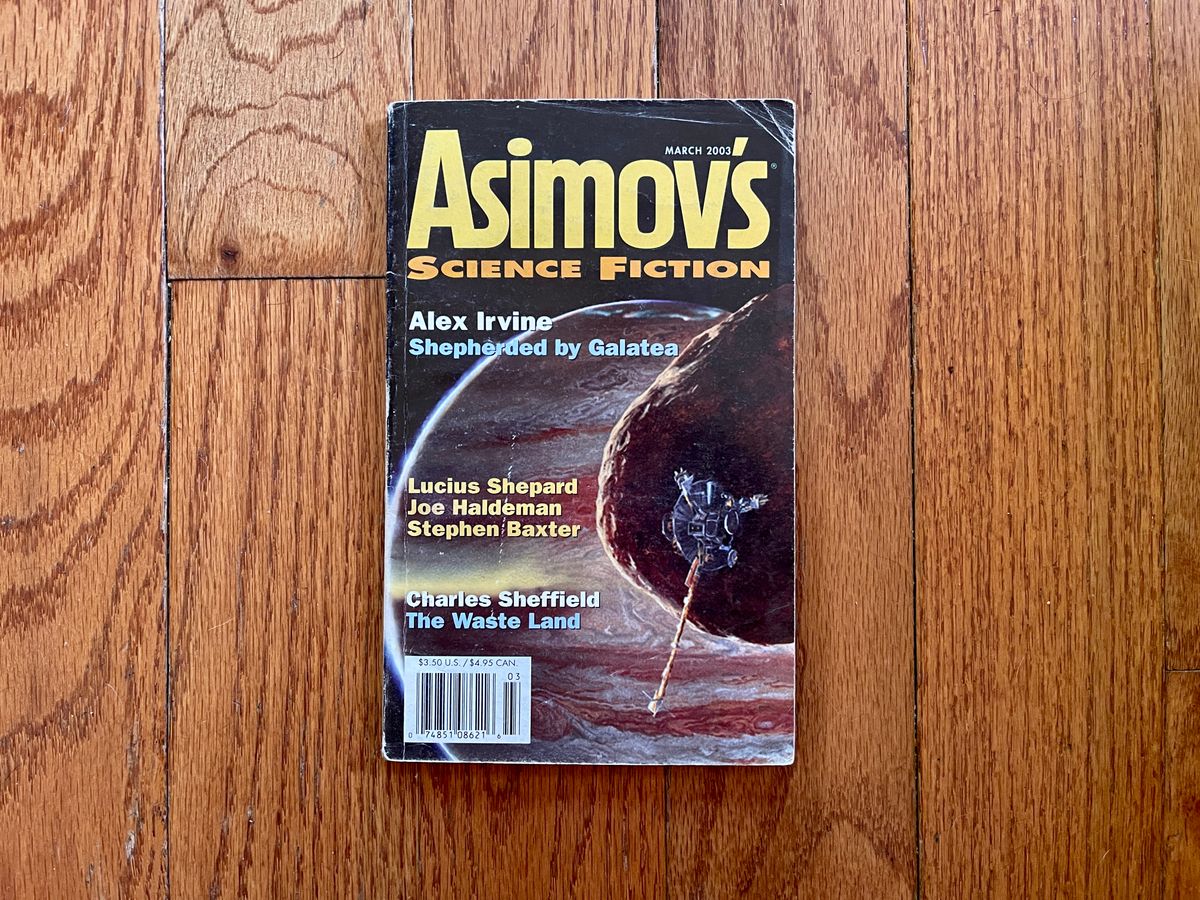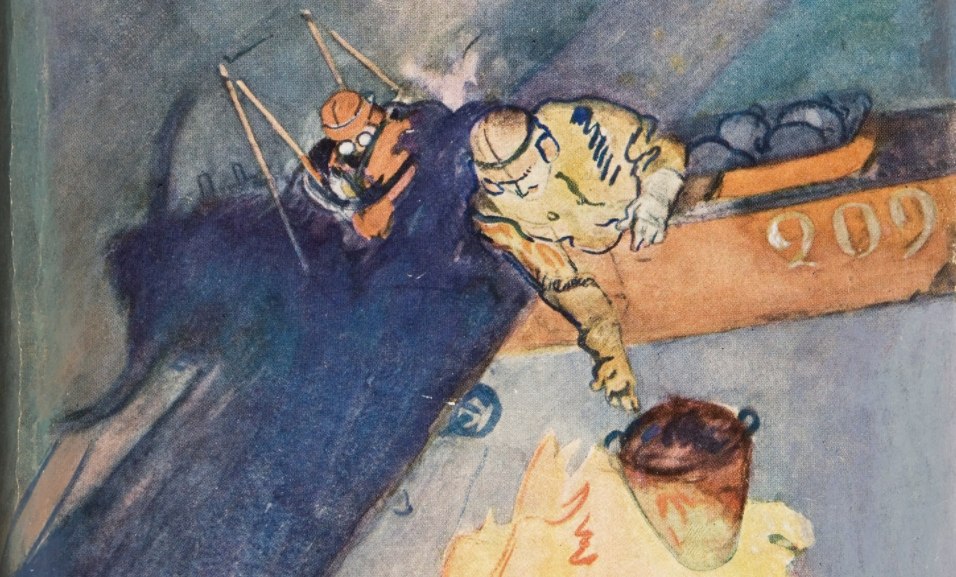The long view
This story about nuclear physics has stuck with me for decades

I've been thinking quite a bit lately about how terrifying it might be to suddenly have a metallic taste in your mouth and realize that the world might be ending. The symptom is one indication that you might have been irradiated, and ever since Russia kicked off its invasion of Ukraine, we've all collectively had a brief experience of what that anxiety that was prevalent throughout the Cold War; the possibility that we could see the use of a nuclear weapon used in anger.
The topic's become something of a fascination for me in recent years. I don't remember anything of Chernobyl, but I've always had a vague understanding that Vermont got some of its energy from our own local nuclear power planet, Vermont Yankee, which enjoyed a decent amount of controversy whenever it sprung a leak or had some sort of issue before being permanently shut down in 2014.
More recently, there've been two projects that I've been consuming. The first is a new season of Laura Krantz's excellent podcast Wild Thing, in which she takes a break from the potentially paranormal (Season 1 was about Big Foot, Season 2 was about UFOs), and takes a look at the 1961 meltdown of the SL-1 reactor at the Idaho National Laboratory. The first episode is now out, and with it, she's kicked off what promises to be a fascinating season that delves into our history of nuclear power.
The other was a new documentary miniseries on Netflix: Meltdown: Three Mile Island, which is all about the partial meltdown that occurred there in 1979. This one strikes a bit closer to home (geographically), but also because my wife is from PA, and over the visits that I've made there in the last decade, I've not only seen the stacks at Three Mile Island while driving by, there are other constant reminders: signs for evacuation routes in the event of another emergency.
I haven't known much about either disaster, other than that they'd happened, and various skimmings of Wikipedia pages over the years, but the threat of nuclear catastrophe is something that I've been fascinated by: I studied the Cold War for my Masters degree in military history, and written about how it's been a constant presence in science fiction written throughout the Cold War and afterward.

Watching and listening to both programs prompted me to go to my boxed-up copies of Asimov's Science Fiction Magazine, and to pull out one of the first issues I recieved in the mail, which contains one of the stories that has remained on my mind ever since: "The Waste Land" by Charles Sheffield.
The story was one of his last: Sheffield died of a brain tumor in November 2002. But even twenty years later, it's a grim, arresting story. A security guard in Idaho is alerted to a body in a field amidst a major clean-up effort that's taking place after the region's history of nuclear experimentation. The region, as Krantz explains in her podcast, was selected because of the isolated nature of the desert, and in Sheffield's story, it's become the focus of an intense cleanup effort.
The body, we discover, is of one of the scientists studying nuclear technology at the facility. He died a horrible death: intense radiation poisoning that was more than anything anyone had seen before, but weirdly, in the midst of an area with no background radiation at all. Sheffield layers in the clues to this intriguing mystery, and soon wraps it up with a neat reveal. (I won't spoil it here, but it's worth tracking down the issue — it doesn't seem like it's ever been reprinted.)
The crux of the story is about how just a few decades of nuclear experimentation would leave a lasting imprint on the land, something that the scientists in this particular project were working on to clean up, knowing that they were working in a region that could have elevated radiation levels for thousands of years. Idaho isn't a radioactive wasteland — compare that to Chernobyl, parts of which will remain dangerously radioactive for tens of thousands of years — but it's still a reminder of how dangerous this technology can be.
That longevity is at the heart of another story that's stuck with me: Ken Liu's "The Message" (available in his collection The Hidden Girl and Other Stories), the story of a father and daughter who've reunited after a long separation and are trying to figure out their relationship, all while exploring an alien world covered with abandoned cities with strange markings. As it turns out, those markings have a purpose: a warning from a long-gone civilization that the nuclear technology they used was still cooling, still dangerous.
Humans aren't wired for this sort of long-term thinking: we're concerned with what we have right in front of us, rather than what repercussions our actions might have in the hours, days, years, or even centuries. I don't mean this as an anti-nuclear screed, but these various stories highlight this core essence of ours: even with the best of intentions, we make mistakes, and sometimes, those mistakes can have lasting consequences that will haunt those who follow.
There's a lot you can do with that idea: it's a story thread that can be used to explore to everything from colonialism to climate change, to artificial intelligence, economics, and much more. Sheffield's story has stuck with me for years after I first read it almost two decades ago, and given the turn of current events, it holds plenty of lessons that we should all take to heart.